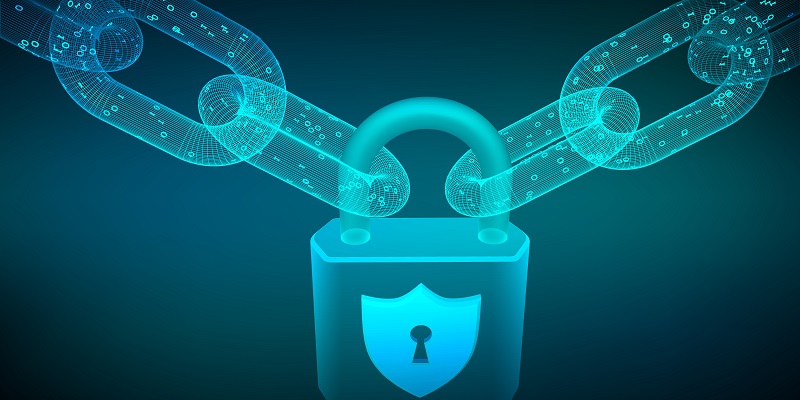Blockchain technology has gained widespread recognition for its transformative impact on financial transactions. However, its potential for enhancing cybersecurity extends far beyond the realm of finances. This article delves into the immense scope of blockchain in bolstering cybersecurity measures across industries, creating a decentralized and secure landscape.
Decentralization and Cybersecurity
At the core of blockchain lies its decentralized nature, which offers a revolutionary approach to cybersecurity. Unlike traditional centralized systems, blockchain operates on a network of computers, known as nodes, that are distributed globally. By eliminating a central authority, blockchain erodes the single point of failure, making it extremely resilient against cyber attacks.
Eliminating Single Points of Failure
Centralized systems present vulnerabilities as compromising a single point allows unauthorized access to the entire system. Blockchain overcomes this concern by distributing and replicating data across multiple nodes. Each block on the chain contains a secure hash function that references the previous block, ensuring that altering data implies tampering with subsequent blocks – a near-impossible feat due to the decentralized and immutable nature of blockchain.
Data Immutability through Cryptographic Principles
The cryptographic principles embedded in blockchain technology ensure the integrity and immutability of data. Each transaction block is verified using complex algorithms, making it virtually impossible to tamper with the recorded information. This foundational feature ensures transparency, trust, and a high level of security, making blockchain an ideal solution for secure data storage, digital identity management, and beyond.
Self-Executing Smart Contracts
Blockchain’s integration of smart contracts offers an automated and secure way to execute agreements. These contracts encode the terms and conditions directly into the blockchain, ensuring their self-execution. By eliminating the need for intermediaries and manual intervention, smart contracts enhance security and reduce the risk of unauthorized alterations or tampering.
Decentralized Identity Management
Identity theft and fraud are pressing concerns in the digital age. Blockchain’s decentralized architecture presents a significant opportunity for a transformative identity management system. By enabling users to control and manage their own identities, blockchain can provide a secure and trusted framework. Through distributed ledger technology, personal data can be securely shared, verified, and authenticated without compromising sensitive information.
Multi-Signature Wallets
Traditional transactions often rely on a single password or PIN, making them susceptible to breaches. However, cryptocurrency wallets with multi-signature features add an additional layer of security. These wallets require multiple authorized signatures or keys to initiate a transaction, reducing the risk of unauthorized access and ensuring enhanced cybersecurity.
Hardware Wallets
To counter online hacking attempts, hardware wallets have emerged as a secure option for storing private keys offline. These physical devices, disconnected from the internet, provide an added layer of protection against digital threats. By keeping the private keys offline, hardware wallets significantly reduce the risk of cyberattacks, ensuring the safety of valuable assets.
The Growing Scope of Blockchain in Cybersecurity
As industries recognize the vast potential of blockchain beyond financial transactions, its applications in cybersecurity continue to expand. Government agencies, healthcare providers, supply chains, and IoT networks can leverage blockchain to establish robust security protocols, preventing unauthorized access and securing sensitive data.
Blockchain technology and cryptocurrency-based innovations are redefining the landscape of cybersecurity. From decentralized systems and data immutability to smart contracts and secure identity management, blockchain offers a paradigm shift in safeguarding against cyber threats. As industries embrace this revolutionary technology, the integration of blockchain will undeniably bolster cybersecurity measures, leading to a more secure digital future.

